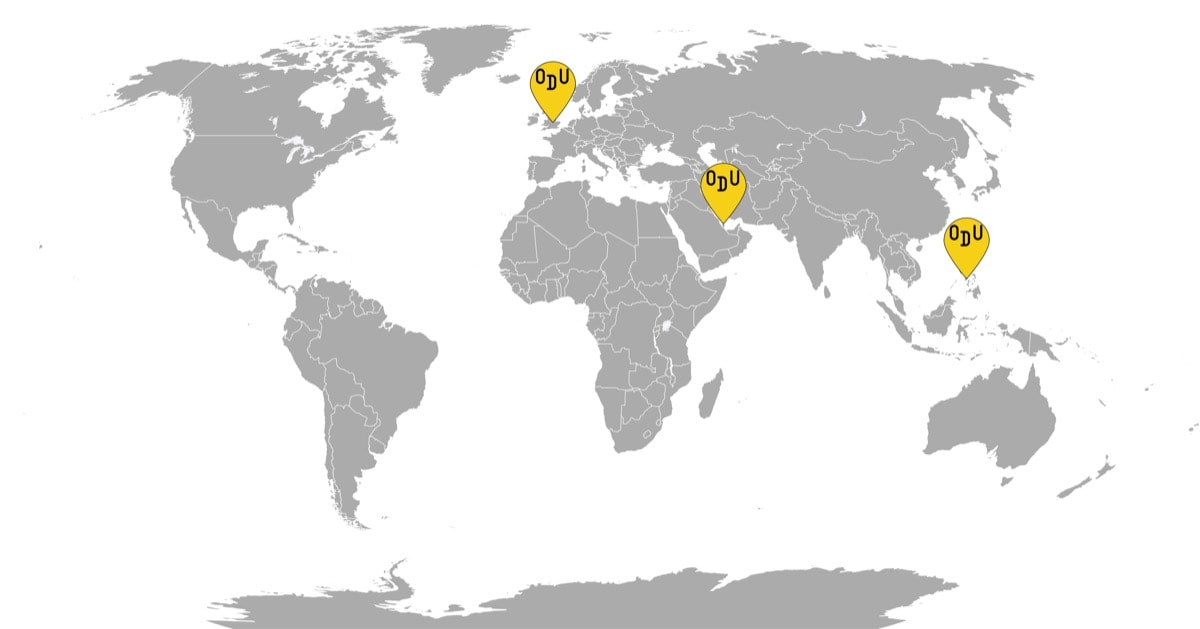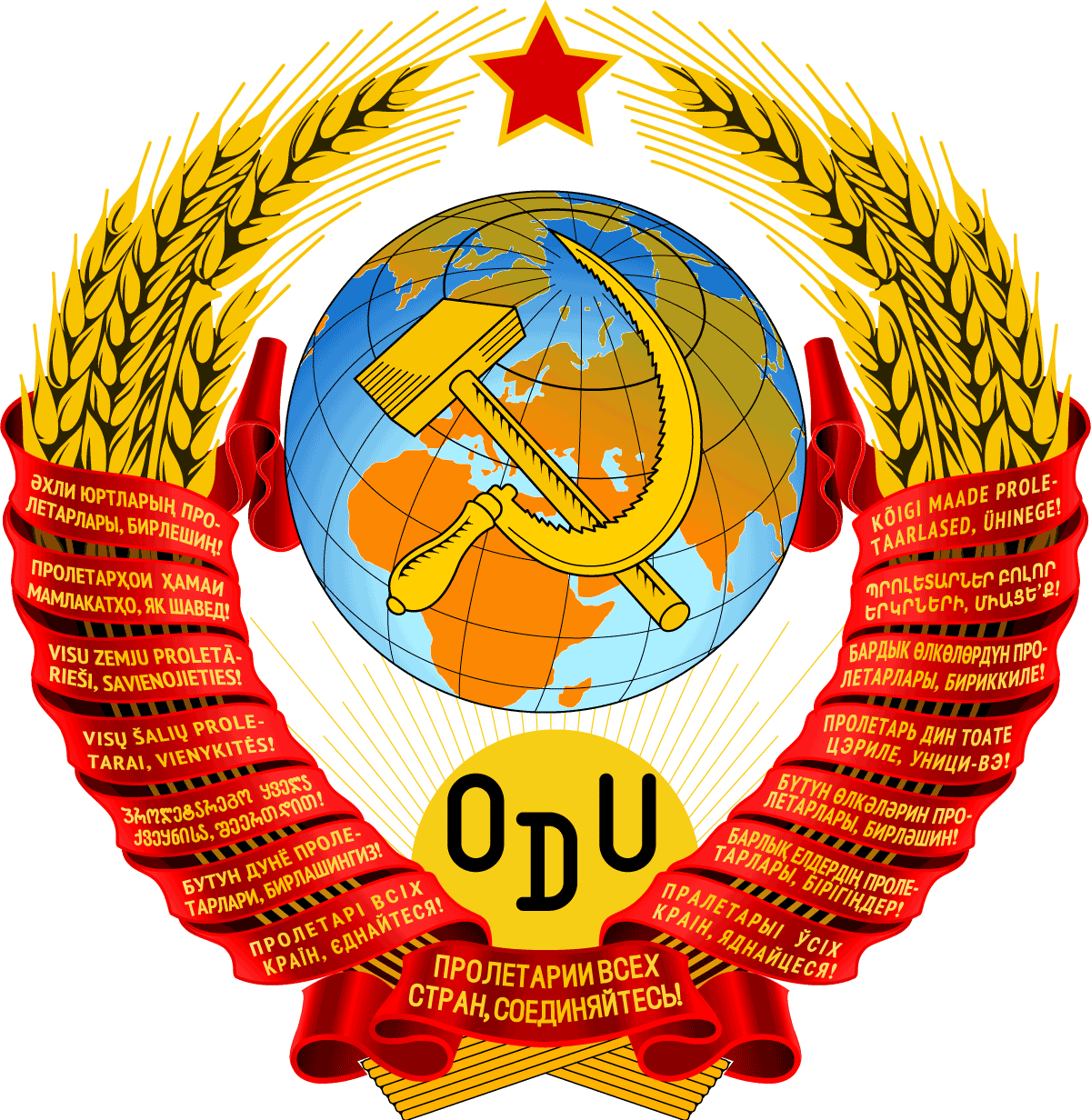Vigilante brigades committing extrajudicial murders to help the police, journalists trying to shed light on the atrocities, and an undertaker who takes care of the victims’ bodies




FROM PHILIPPINES, UK and QATAR
WHAT IT’S ABOUT: In 2016, Rodrigo Duterte, the former mayor of Davao City, became president of the Philippines on the platform that promised to fight crime in the country no uncertain terms: by having police and regular citizens kill tens of thousands of alleged criminals and drug addicts. Four years into his six-year term, the Philippine Drug War is still going strong and enjoying much support from the country’s citizens, with certain numbers unknown, but an opposition estimate from 2018 claiming as many as 20,000 people have been killed. The two documentary shorts explore the situation on the ground through the eyes of people who have to face it every day. “The Mortician of Manila” centers around funeral home manager Orly Fernandez, who has to provide interment and funeral services to the victims of the Drug War and their families. Meanwhile. “Nightcrawlers” follows a determined group of photojournalists in their quest to show the real cost of Duterte’s politics on the country’s population. The film also offers a rare insight into a vigilante group that serves to carry out the contract on extrajudicial killings for the government.
WHO MADE IT: Leah Borromeo, “Mortician of Manila’s” director, is a British journalist, who has been working with various TV channels, including Sky News, Channel 4, and Open Democracy and print media, like Juxtapoz, Guardian, and Tank. She has also created numerous documentaries for NGOs and social movements. Along with fellow documentarian Katharine Round, Leah runs the Disobedient Films production company out of London. She created “Mortician of Manila” for Al Jazeera’s Witness program.
Orly Fernandez, the film’s protagonist, runs Eusebio Funeral Service out of Malabon City, an industrial & residential suburb of Manila. The funeral home doubles as police morgue and gets a lot of its bodies from the Drug War.
The director of “The Nightcrawlers,” Alexander A. Mora, is a novice filmmaker. A human rights lawyer, as well as an architect, he came to create the film by pure chance, when the film’s producer Doireann Maddock, invited him to try and make something of the story she was following online.
They then got in touch with Raffy Lerma, one of the featured photojournalists, who was also the person behind the famous “Pietà” photograph that became the visual symbol of the Filipino tragedy. In turn, Lerma introduced Mora and Maddock to the other photojournalists featured in the film: Carlo Gabuco, Vincent Go, and Ezra Acayan. Journalist and filmmaker Patricia Evangelista also makes an appearance.
Vincent Go is also featured in “Mortician of Manila.”
WHY DO WE CARE: The issues at the center of “The Nightcrawlers” and “Mortician of Manila”: the extrajudicial killings and lack of press freedom are the two defining problems of Duterte’s reign. And they aren’t isolated incidents: in fact, Duterte’s whole regime seems to be built on keeping dissent in lockdown, while culling the population.
During the time Rodrigo Duterte was the mayor of Davao City, at least 1,020 people, many of them drug users, petty criminals or street children, were murdered or disappeared in what has been confirmed by the Philippine Commission on Human Rights as “systematic practice of extrajudicial killings” by the so-called vigilaDavao Death Squad, a vigilante group. It is widely alleged that Duterte and his clan were involved (his daughter Sara is the city’s current mayor); however, as the investigation was taking place after Duterte assumed power, the government’s stonewalling and lack of enthusiasm from the citizens made further investigation impossible.
Even though the two films were made some time ago, the situation in the Philippines had not changed since: instead, the violence has spread to the more remote, rural areas, where press coverage is even more limited.
Meanwhile, the crackdown on the press in the Philippines is growing as well. Maria Rassa, the co-founder and CEO of the indie news media Rappler has just been accused of “cyber-libel” in a politically motivated prosecution instigated by the Duterte’s government.
WHY YOU NEED TO WATCH: “Mortician of Manila” and “The Nightcrawlers” may be short-form, but both are very powerful. Although in different ways, the two films allow us to see the other side of the Drug War: the effect that the extrajudicial killings have on families. “Mortician of Manila” follows a woman who has to beg for money so she could give her son murdered in the street a proper burial. “The Nightcrawlers” shows a family of six kids under 12 and their grandmother, who were left to fend for themselves when the father was murdered right in their house. The toll that this will have on the society, in the long run, is hard to imagine or rightly predict, but the films’ searing scenes will serve in posterity as documents of a nation of widows and orphans in the making.
The journalists’ efforts to give coverage, dignity, justice, and, quite often, something as simple as food back to the families who lost their loved ones are covered in both of the films. “The Nightcrawlers” goes into more depth here, as it shows the journalists oscillate between the communities they’re covering and the press spotlight, in hopes that the suffering of the ordinary Filipinos who bear the brunt of the president’s ruthless ambition and a culture of impunity will be acknowledged by more people.
However, the idea of acknowledgment, according to the two films, seems lofty, even unattainable. The anonymous vigilantes interviewed in “The Nightcrawlers” all seem to be ordinary people without a particular background. As they describe their practice of extrajudicial killings of the subjects that police might choose not to target themselves, former grievances with substance abuse emerge: some are former users, others had problems in the family. And yet, it turns out, many of them also use drugs right before their missions to make the job of killing another human being easier.
Orly, the funeral home manager in “Mortician of Manila,” does not take drugs. His life, mostly taken up by the job, seems traditionally wholesome. He takes care of his adopted teenage daughter, and tenderly gives showers to his dog. However, although he has to process the corpses of those murdered in the Drug War almost every day, his position is to side with Duterte. It is not revealed how much he knows about the extrajudicial killing practice, how much awareness is generally possible within Manila and its suburbs. Still, the fact that Vincent Go, one of the photojournalists documenting the atrocities, comes over to the funeral home often speaks volumes. And yet, Orly’s belief in the righteousness of the fight seems unshakeable. Is it the immunity to the anguish that must be a prerequisite for funeral home workers? A way to assert himself as different from the lower class? Or is it something more profound, a reluctance to accept that the promise of order by any means is not a good reason for slaughter? “Mortician of Manila” brilliantly dismantles the ubiquitous “small business in exotic locale” narrative and directs the gaze towards the deepest pit of misery while staying unflinching, as the lens manifesting truth must.
And this is where the two films hit most. While zooming in into the individual traumas experienced by those directly affected by the regime’s brutality, they also show the sweeping catastrophe overtaking the nation: the decay of morality, innocence, and hope. Drug War and lack of media freedoms are not the only problems in the Philippines, which is also struggling with human trafficking and child sex abuse. But perhaps nothing shows the rot just as blatantly as the evidence of people killing other people in the streets: to the world’s indifference.
“The Nightcrawlers” is a gutting film that offers a unique look into the belly of the Filipino beast, as well as the people trying to tame it, which while hectic at times, perfectly conveys the hysterical atmosphere that reigns over Manila and the rest of the country in Duterte’s grasp. “Mortician of Manila” is slower, more measured, and yet just as powerful, because it gets to the very heart of complicity, of affirmative silence that has made repressive, violent regimes possible over the centuries. As dark as all of this is, “Mortician of Manila” also leads us to light. Borromeo shows that in some cases, when his clients can’t afford pay, Orly is willing to go the extra mile and make sure that no deceased, drug dealer, drug user, or merely an innocent bystander, is deprived of dignity in the afterlife.
The Mortician of Manila, 2019
Director: Leah Borromeo
The Nightcrawlers, 2019
Director: Alexander A. Mora
For more content like this sign up for our weekly newsletter
WATCH THE TRAILER FOR THE MORTICIAN OF MANILA
WATCH THE TRAILER FOR THE NIGHTCRAWLERS

















